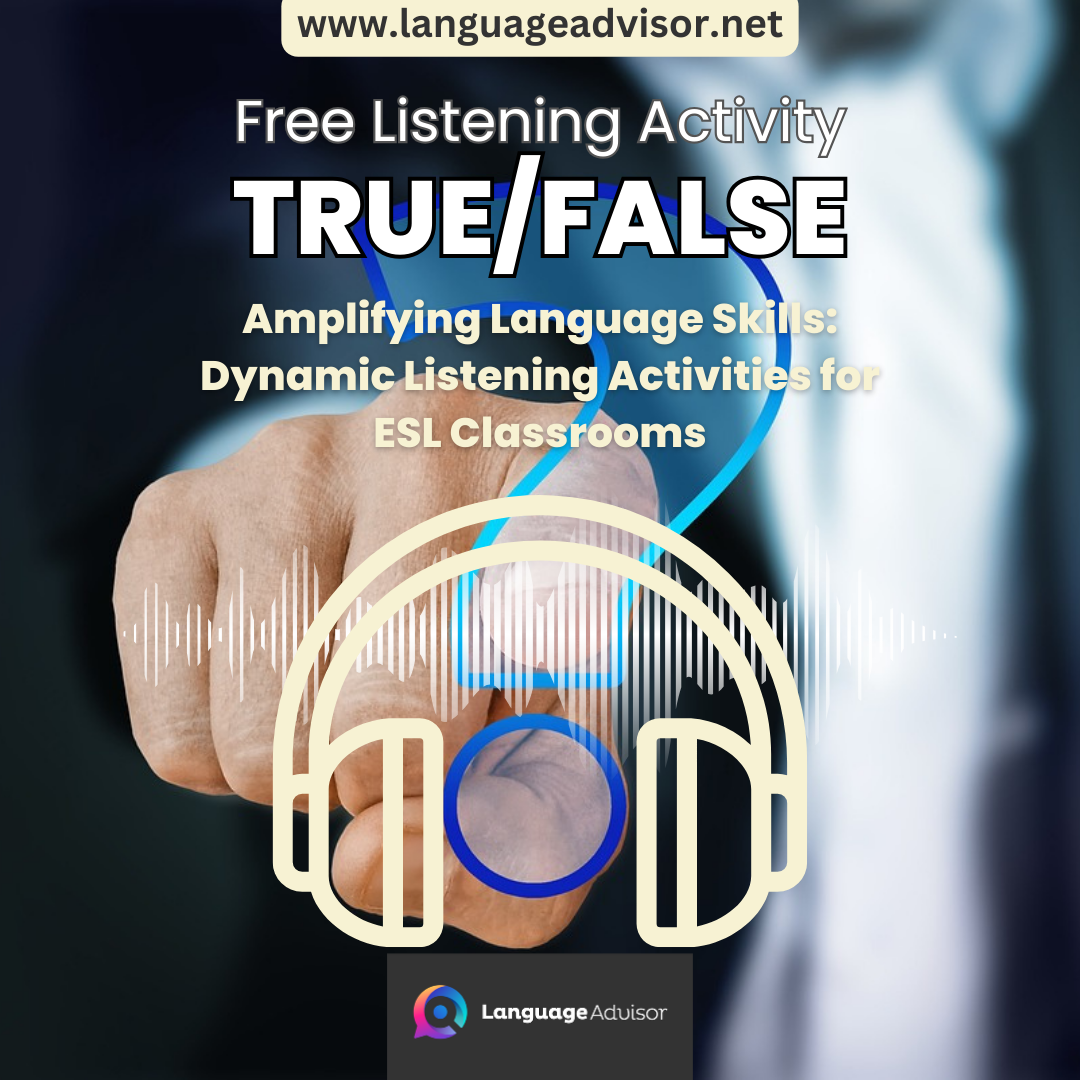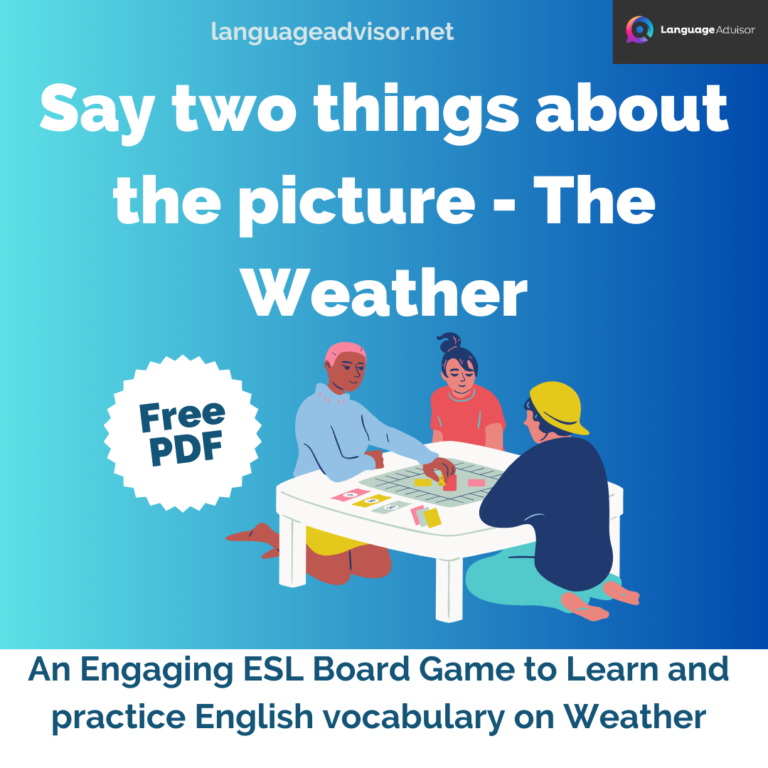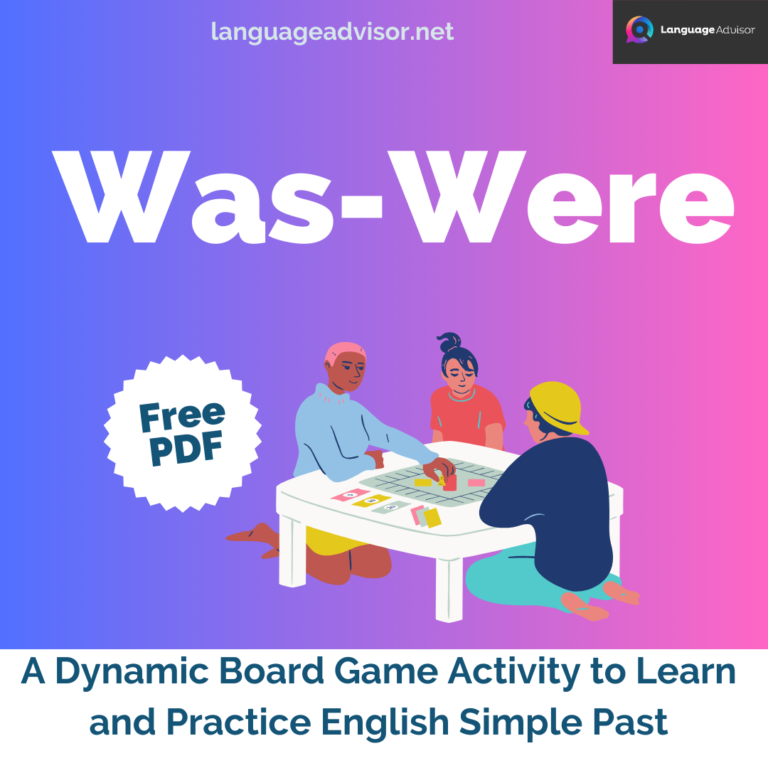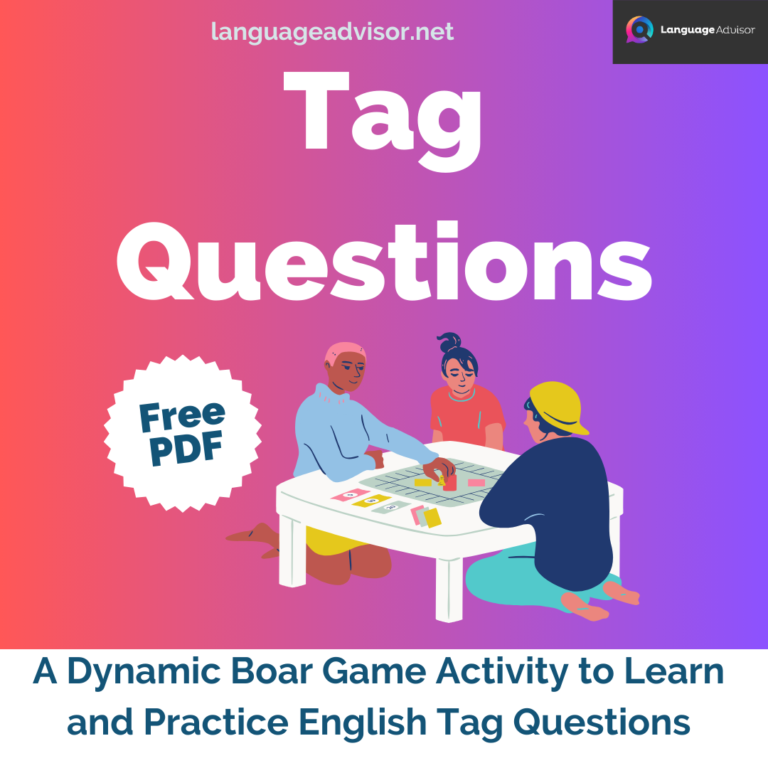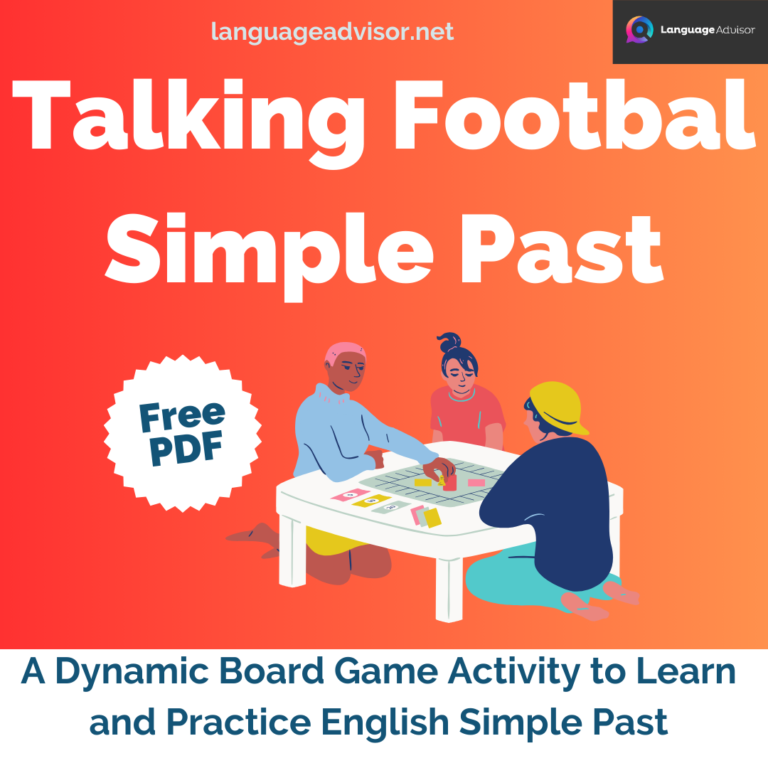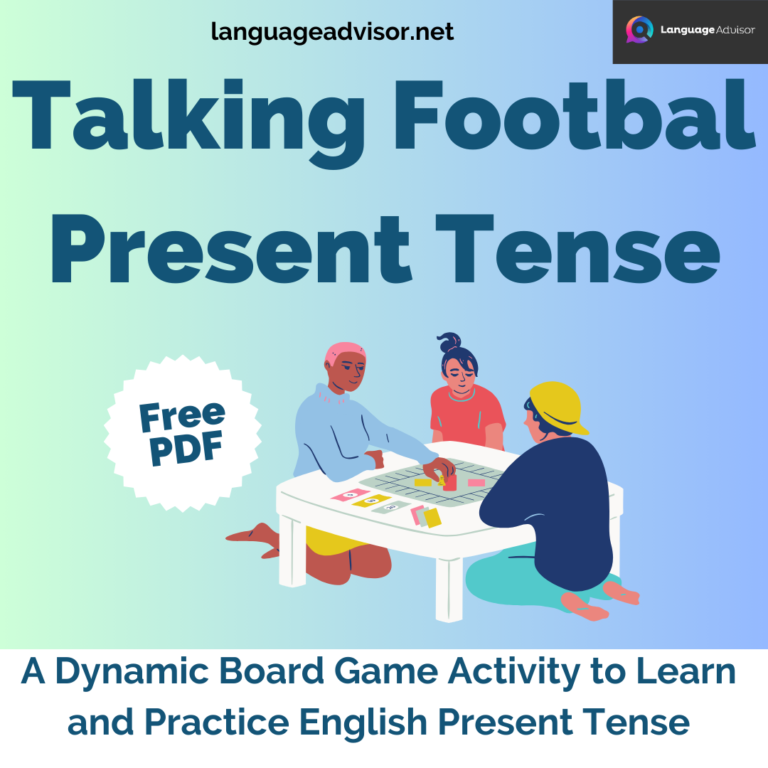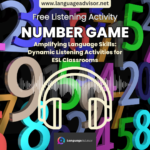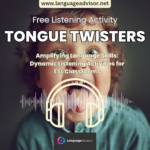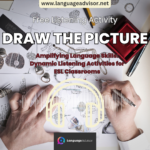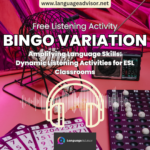TRUE/FALSE – Listening Activity. Amplifying Language Skills: Dynamic Listening Activities for ESL Classrooms
TRUE/FALSE – Listening Activity

Amplifying Language Skills: Dynamic Listening Activities for ESL Classrooms
Embarking on a captivating expedition through the landscape of language acquisition, we delve into the heart of ESL classrooms in this insightful blog post. Our focus centers on unraveling the intricacies of language learning, with a particular emphasis on cultivating listening skills. Tailored for students at the elementary, junior high, and senior high school levels, our exploration aims to provide educators and learners alike with a repertoire of engaging and interactive listening activities.
The art of language acquisition is multifaceted, and among its essential pillars, listening plays a pivotal role. In our journey together, we’ll unravel a tapestry of creative strategies designed to elevate listening comprehension in ESL classrooms. These activities are carefully crafted to not only captivate the learners’ attention but also foster an environment where language acquisition becomes an enjoyable and immersive experience.
Teachers seeking fresh and inventive approaches to ESL instruction will discover a wealth of ideas within these pages. From adapting classic games to suit language learning objectives to incorporating multimedia resources that resonate with the tech-savvy generation, we aim to empower educators with tools that transcend traditional language instruction.
For students navigating the complexities of English language acquisition, this post serves as a compass, guiding you through a spectrum of listening exercises designed to refine your comprehension skills. Whether you’re aiming to bolster your proficiency for academic pursuits or simply looking to enhance your communication abilities, these activities are crafted to make language learning not just a task but an enjoyable journey of exploration.
So, join us on this expedition of language discovery as we navigate the diverse terrains of ESL classrooms, uncovering the richness of dynamic listening activities that transform the language learning experience.
Let’s embark together on this exciting journey towards mastering the art of listening and speaking in English!

TRUE/FALSE
DESCRIPTION
Write YES and NO (or TRUE and FALSE) on the board or attach signs. Divide the class in half and have them move their desks to the side or back of the room. Give the first person at the head of each line a piece of chalk or a marker. Ask a YES or NO question. For example: “Is today Friday?” or a true/false statement: “I am a boy.” The first person to circle the correct answer wins a point for his/her team.
This game can be made very simple for beginners (e.g. “This is a book” or “Is this a pig?”) or it can be made more difficult for advanced students (e.g. “Is the capital of England New York?”).
Useful for practicing recently acquired vocabulary.
OPTIONS
Try minimal pairs such as cap/cup, bat/bag, rabbit/racquet, etc. Instead of YES and NO, use TRUE and FALSE. Have students sitting. They raise hands to answer. The first to do so can give the answer.
MATERIALS
Blackboard & chalk or whiteboard a marker
TRUE/FALSE – REMARKS
This is a good way to end or start a class.

Also check out these articles on teaching, teaching methods and teaching tools


